
Teaching and learning resources for the construction industry with NVQ and Diploma Assessment Criteria
It’s essential that you know General Fire Safety Hazards, not only that which type of Fire Extinguisher to use?
Fires need three things to start, a source of ignition (Heat), a source of Fuel (something that burns) and Oxygen:
Ignition sources include heaters, lighting, naked flames, electrical equipment, smokers’ materials (cigarettes, matches etc), and anything else that can get very hot or cause sparks
Fuel sources include wood, paper, plastic, rubber or foam, loose packaging materials, waste rubbish and furniture
Oxygen source is all around us
Even more importantly do you know the location of the nearest Fire Extinguisher, also has it still got the Seal and Pull Pin in place to show that it’s not been used?
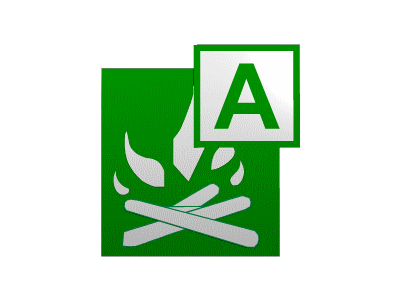
Fire Class A
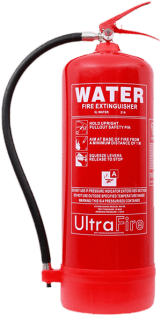
Water Fire Extinguishers are one of the most cost-effective ways to fight Class A fires, those fuelled by solid materials such as paper, wood and textiles.
How it works it removes the Heat element from the Fire Triangle.
There are four different types of water extinguishers: Water Jet, Water Spray, Water with Additives and water Mist or Fog.
Water Jet Extinguishers work by spraying a jet of water at the burning materials, cooling them and preventing re-ignition.
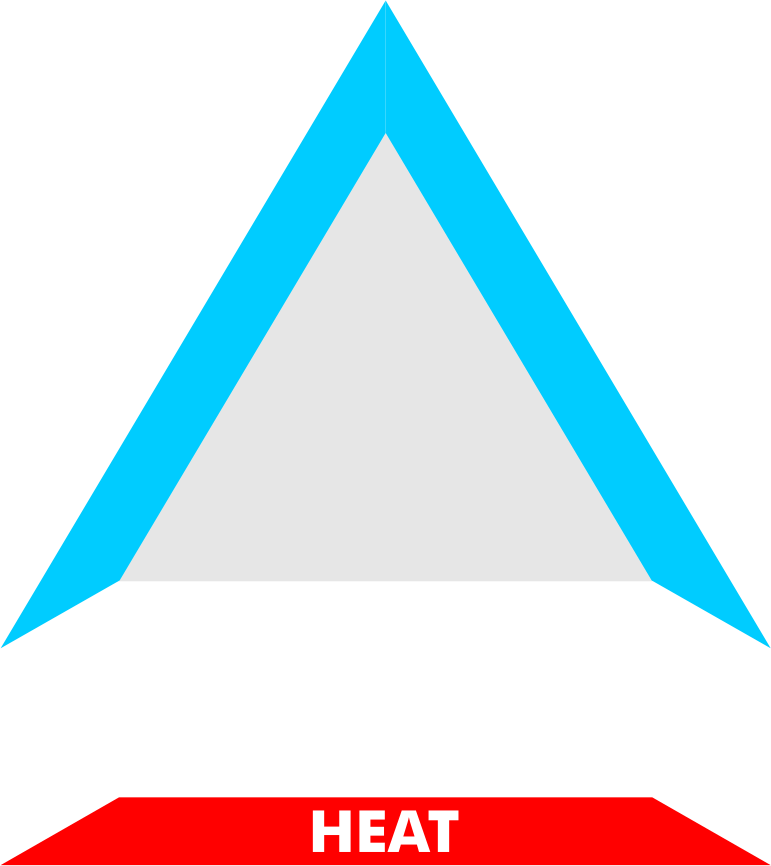
Take away the Heat
and the
Fire will Stop
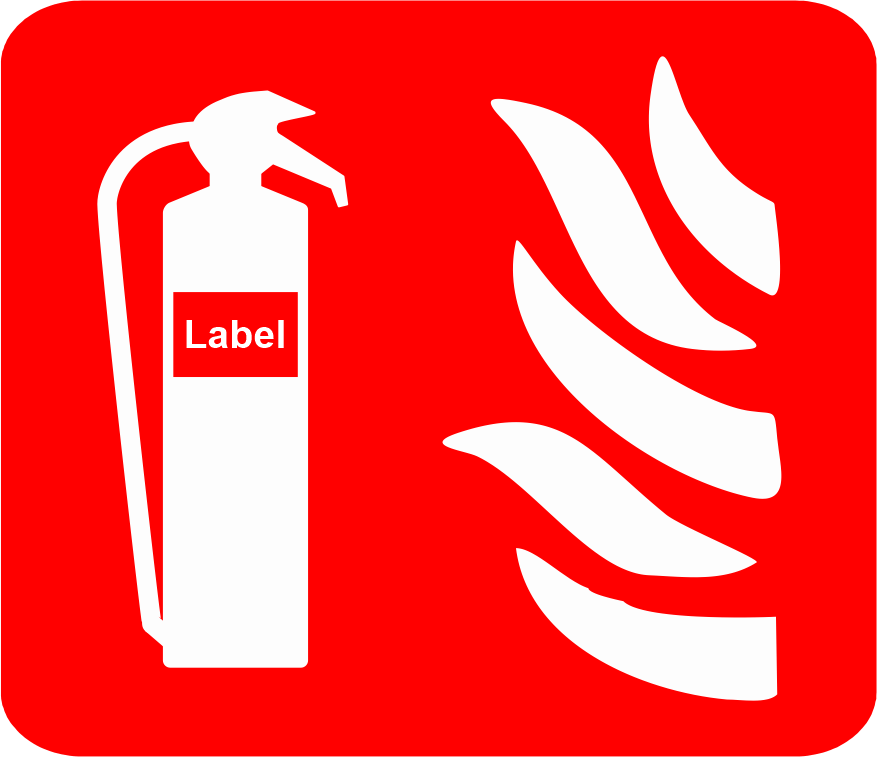
Fire Extinguisher with
A Red Label
Water is located inside the canister and will spray a stream about 15-30 feet.
This stream lasts for about 30-60 seconds.
The jet should be directed at the base of the flames and kept moving across the area of the fire.
]Any hot spots should be sought out after the main fire is out.
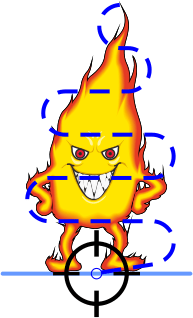
Aimed at the Base
of the Fire
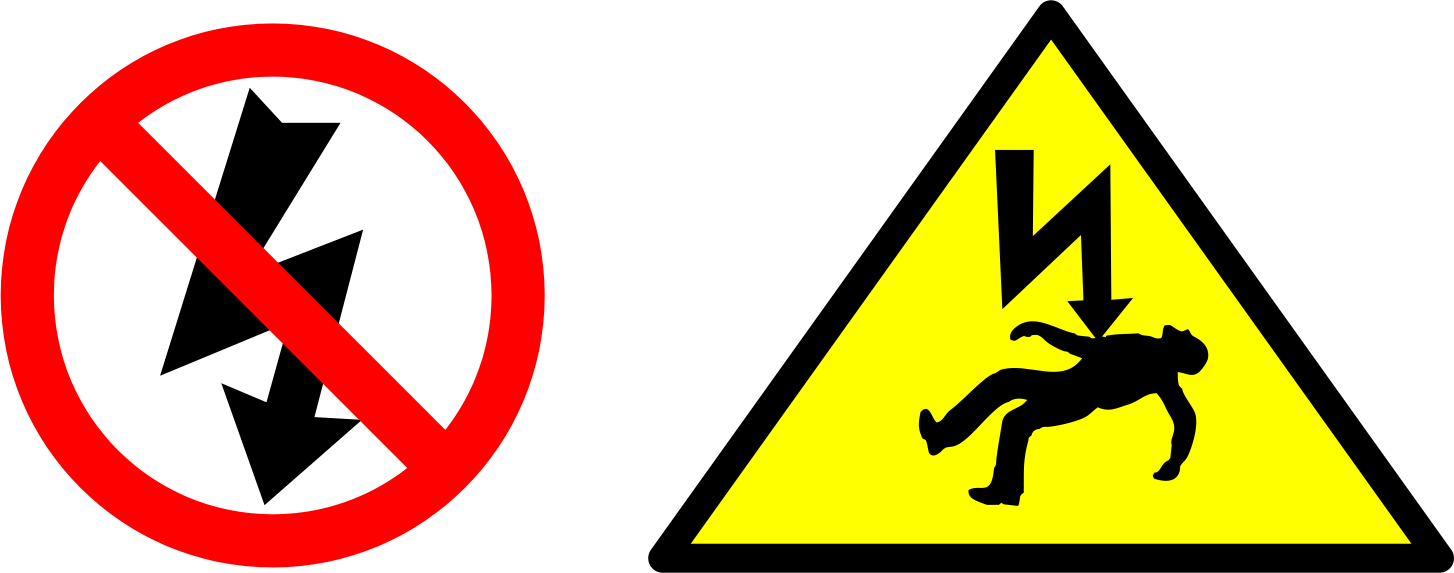
Don’t use on
Electrical Equipment
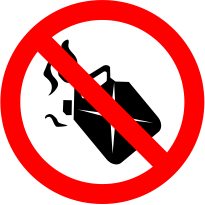
Don’t use on
Flammable Liquid Fires
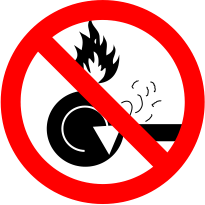
Don’t use on
Flammable Metal Fires
The danger of using a water fire extinguisher on an electrical fire is that you put yourself at risk of receiving an Electric Shock.
Water is Extremely Ineffective at extinguishing this Flammable Liquid Fires.
You will Spread the Fire if you use water on it.
Flammable Metals are Highly Reactive element which immediately burns when in contact with air or water.

Fire Class A
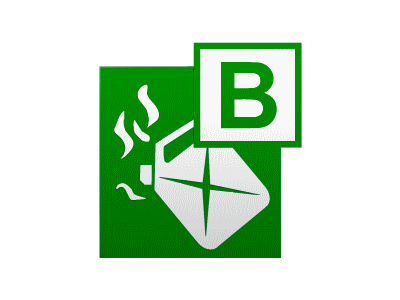
Fire Class B
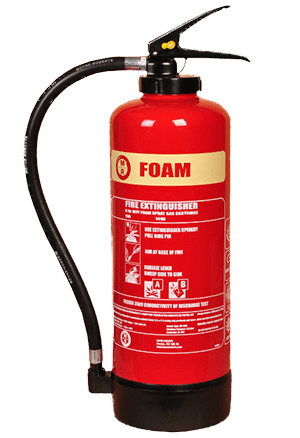
Foam Fire Extinguisher
Foam Fire extinguishers are highly effective on Class A and Class B fires (the foam agent helps to prevent re-ignition).
How Foam works, it forms a blanket of foam over the surface of the burning liquid and smothers the fire taken away the Oxygen.
Just like the Water Fire Extinguisher which is unsafe to use around electrical appliances or sockets, foam fire excuses contain water in the foam
DANGER: Do not use on around Electrical Appliances
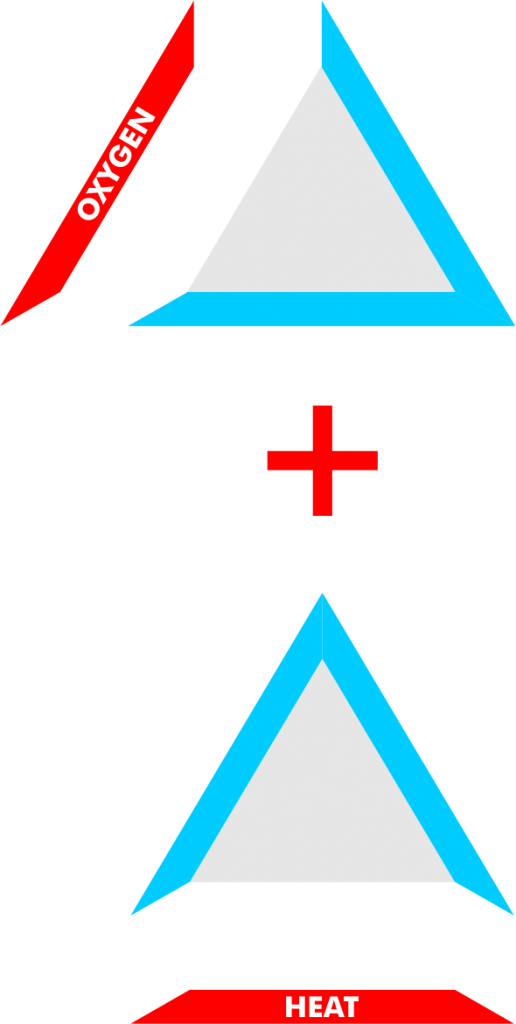
Take away
Oxygen & Heat from the
fire and it will
Stop Spreading
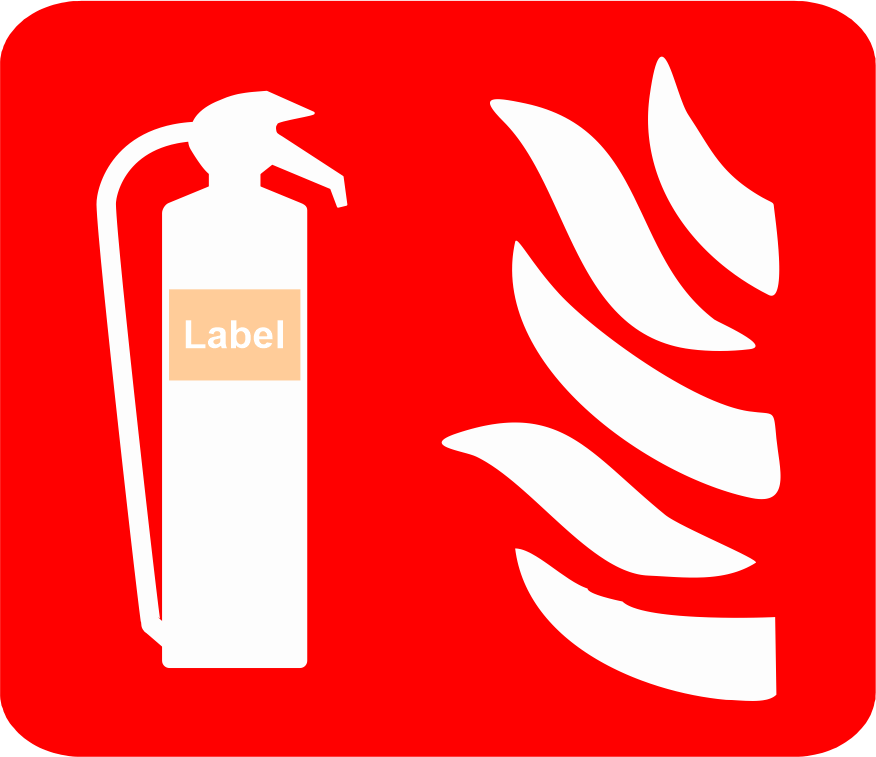
Fire Extinguisher with
A Cream Label
The jet should not be aimed Directly onto the Liquid.
Where the liquid on fire is in a container the jet should be directed at the edge of the container or on a nearby surface above the burning liquid.
The foam should be allowed to build up so that it flows across the liquid.
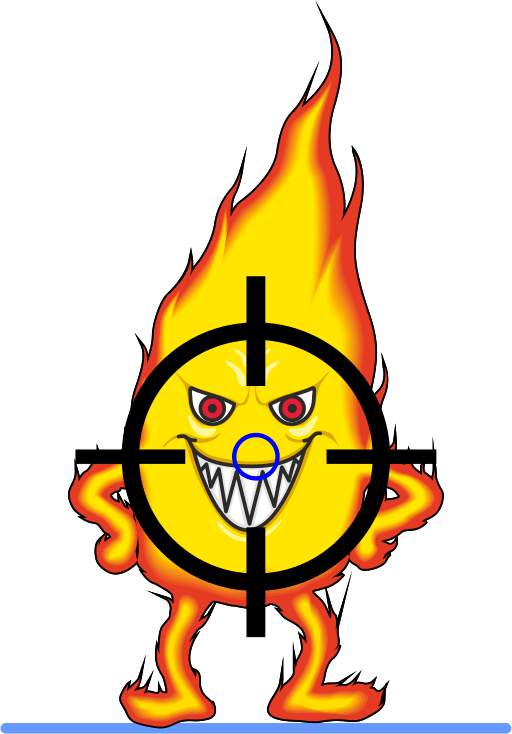
Aim Directly onto
the Liquid
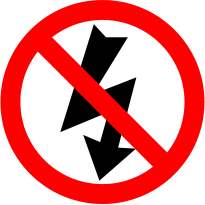
Don’t use on
Electrical Equipment
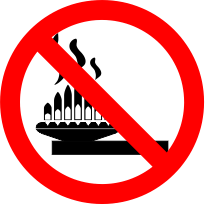
Don’t use on
Fires Involving Gases

Don’t use on
Flammable Metal Fires
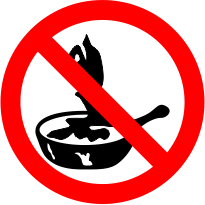
Don’t use on
Fires Involving Cooking Oils

Fire Class A

Fire Class B
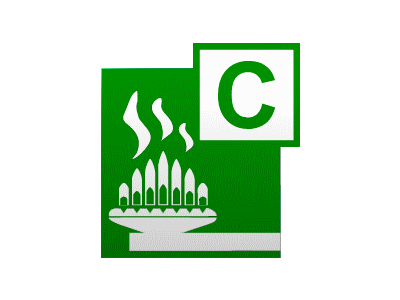
Fire Class C
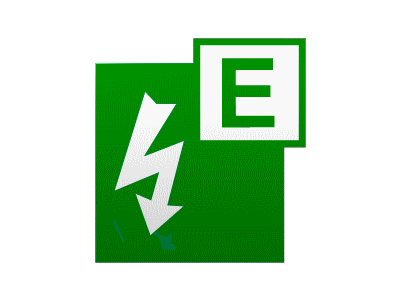
Fire Class E
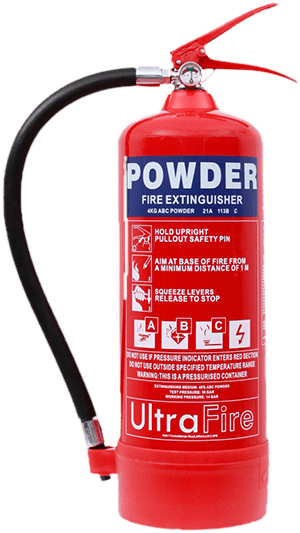
Dry Powder Fire Extinguisher
Dry Powder Fire Extinguishers work by Chemical Reaction with the fire causing the particles to expand , chemically inhibiting combustion and expelling the oxygen thereby smothering the flames
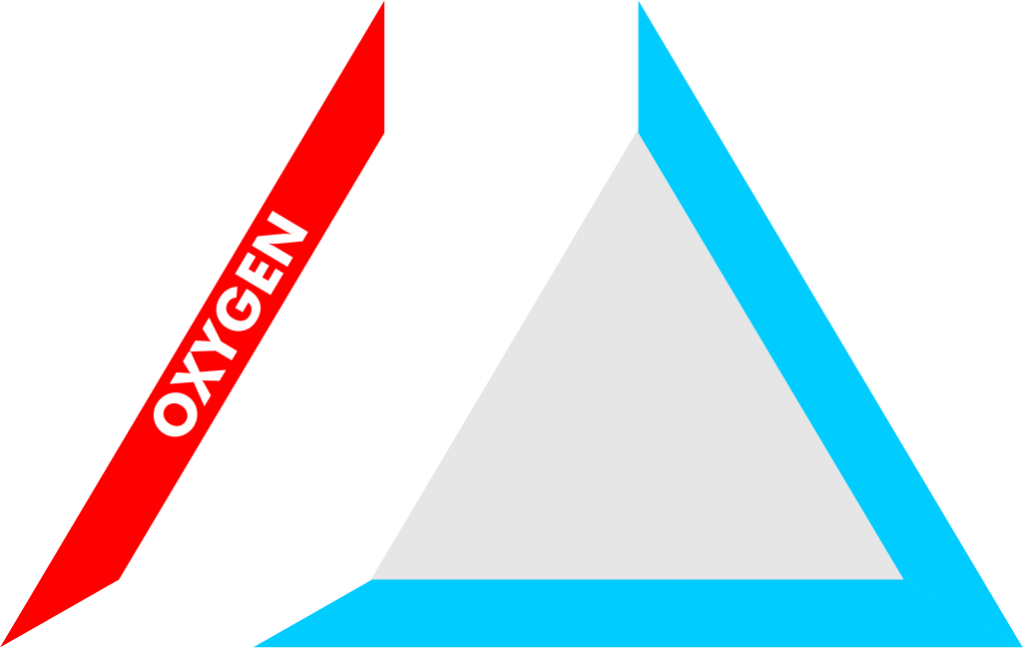
Take away the Oxygen
and the
Fire will Stop
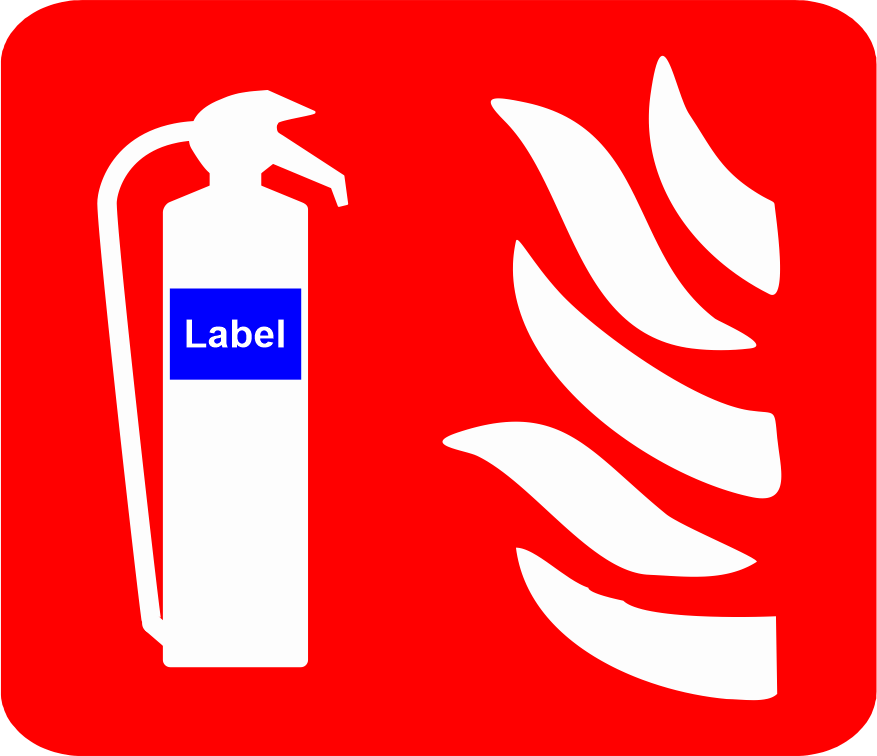
Fire Extinguisher with
A Blue Label
Where the equipment is enclosed, direct into any opening with the object of penetrating the interior.
Once a fire appears to be extinguished stop discharging the dry powder and wait for the atmosphere to clear.
Double check that there are no flames, if you can see flames repeat the process as before
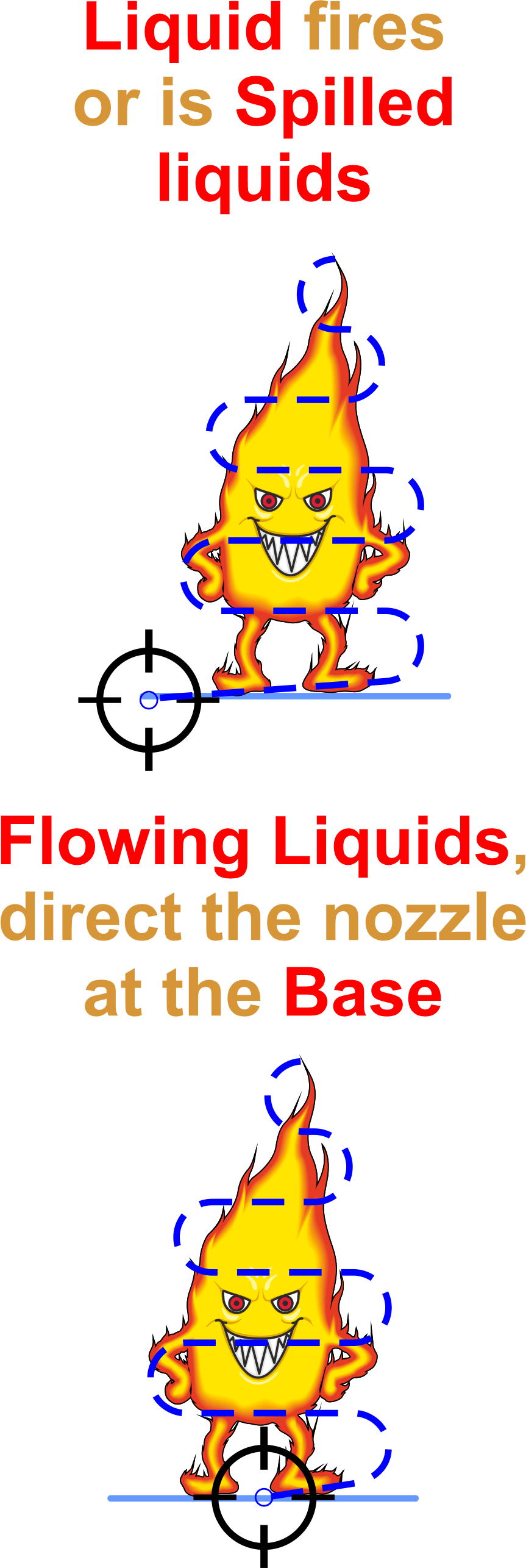

Don’t use on
Fires Involving Gases

Fire Class B

Fire Class E
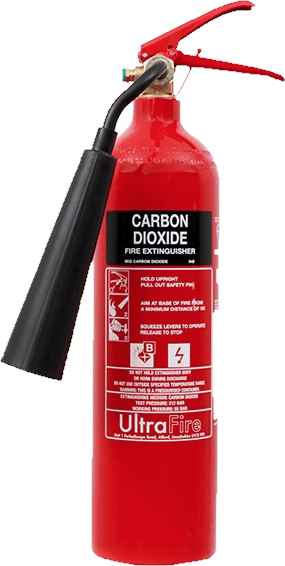
Co² Fire Extinguisher
Co² Fire Extinguishers are good for Electrical Appliances, the extinguisher works by Displacing the Air.
Remember about the Fire Triangle, when removing one Element like Oxygen his will Stop the fire.
Carbon Dioxide Extinguishers do not leave any Residue, unlike a Foam Extinguisher.

Take away the Oxygen
and the
Fire will Stop
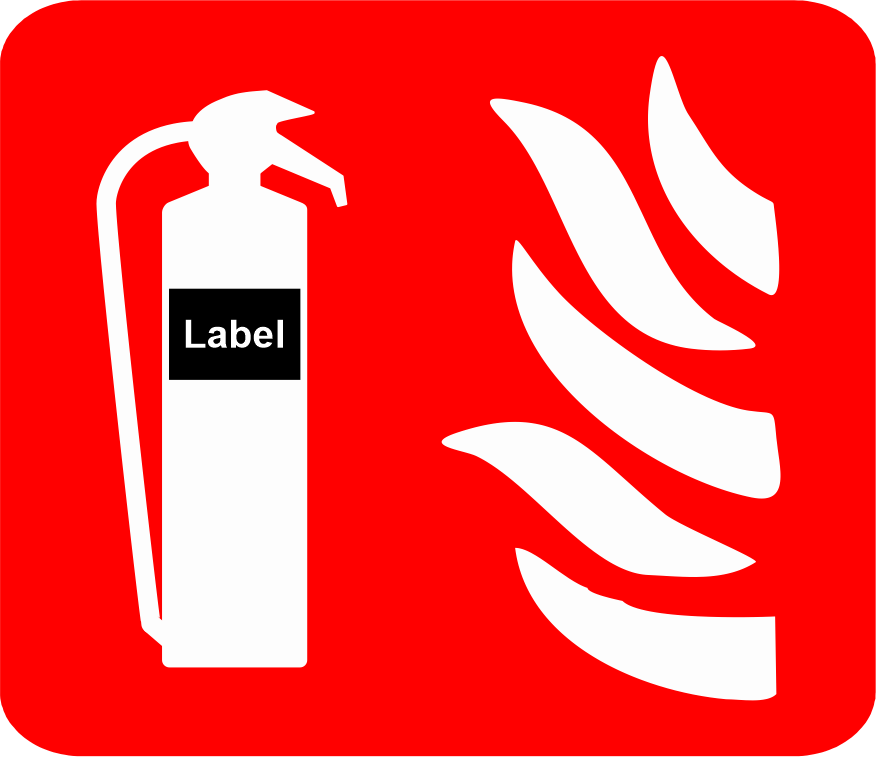
Fire Extinguisher with
A Black Label
The Discharge Horn should be directed at the Base of the flames and the jet kept moving across the area of the fire.
Do not Hold the Horn During Discharging CO²
, the Horn Frost Over and you could potentially get Freezer Burns on your hand
WARNING
CO² has a limited cooling effect and care should be taken to ensure the fire does not re-ignite.
DANGER
Fumes from CO² extinguishers can be harmful to users in confined spaces.
The area should therefore be ventilated as soon as the fire has been extinguished.
Fumes from CO² extinguishers can be harmful to users in Confined Spaces.
The area should therefore be ventilated as soon as the fire has been extinguished.

Aimed at the Base
of the Fire

Don’t use on
Electrical Equipment

Don’t use on
Flammable Liquid Fires

Fire Class A
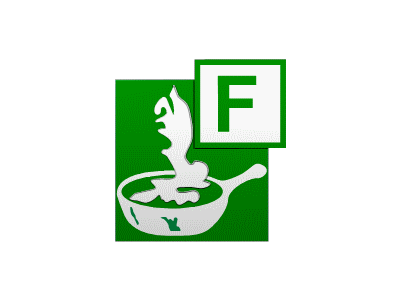
Fire Class F
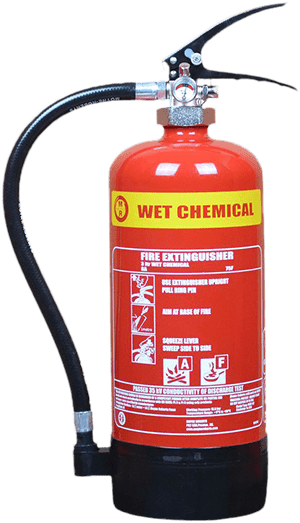
Wet Chemical Fire Extinguisher
Wet Chemical Fire extinguishers the chemical puts out the flames, cools the burning oil and seals the surface preventing re-ignition.
Supplied with a unique applicator to allow the operator to stay a safe distance helps prevent hot oil splashing on the operator.
Also capable of combating Class A (solid burning) fires this extinguisher is perfect for any catering establishment that involves the use of Deep Fat Fryers.

Take away
Oxygen & Heat from the
fire and it will
Stop Spreading
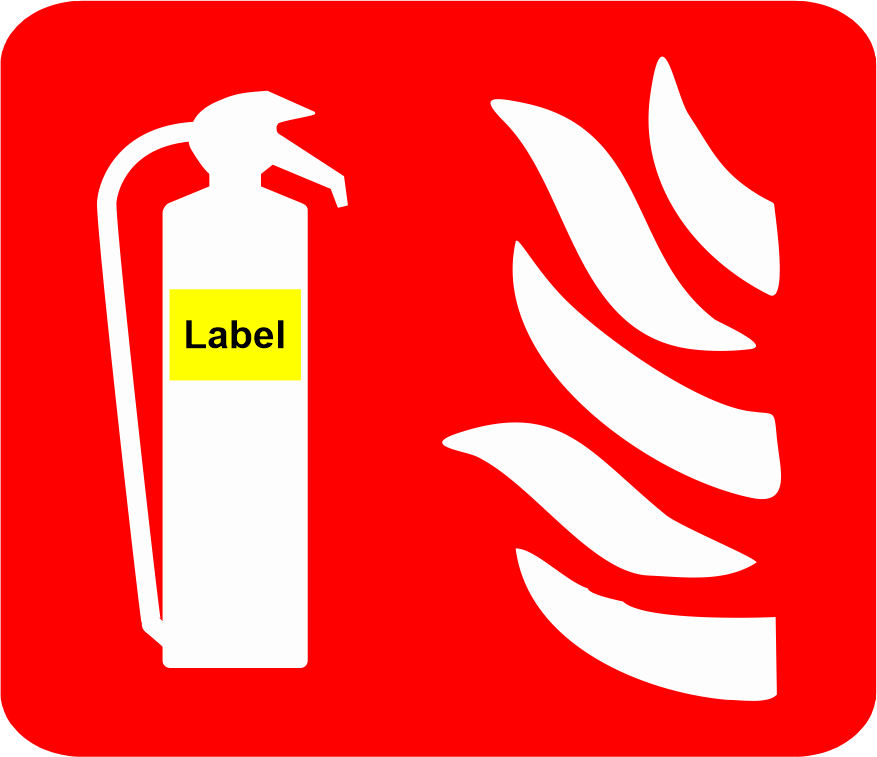
Fire Extinguisher with
A Yellow Label
Wet Chemical Fire extinguishers the chemical puts out the flames, cools the burning oil and seals the surface preventing re-ignition.
Supplied with a unique applicator to allow the operator to stay a safe distance helps prevent hot oil splashing on the operator.
Also capable of combating Class A (solid burning) fires this extinguisher is perfect for any catering establishment that involves the use of Deep Fat Fryers.

Aim Directly onto
the Liquid

Don’t use on
Fires Involving Gases

Don’t use on
Electrical Equipment

Don’t use on
Flammable Liquid Fires






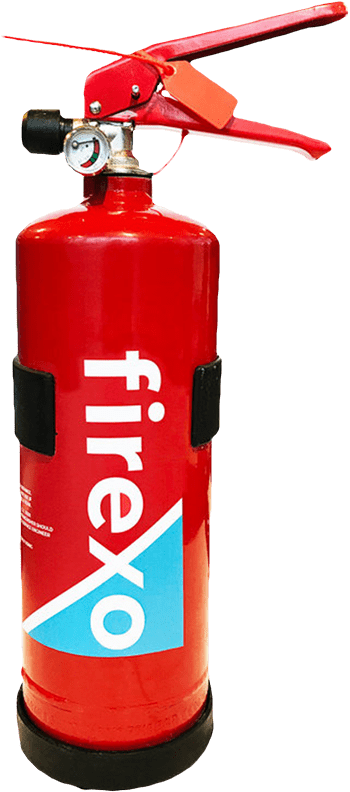
Firexo Extinguisher
Tackles all fires
Safe to use on all Classes of fire (A,B,C,D,E & F)
Removes all confusion as to which extinguisher to use safely on what fire
Environmentally friendly, non toxic
Prevents the risk of the fire reigniting
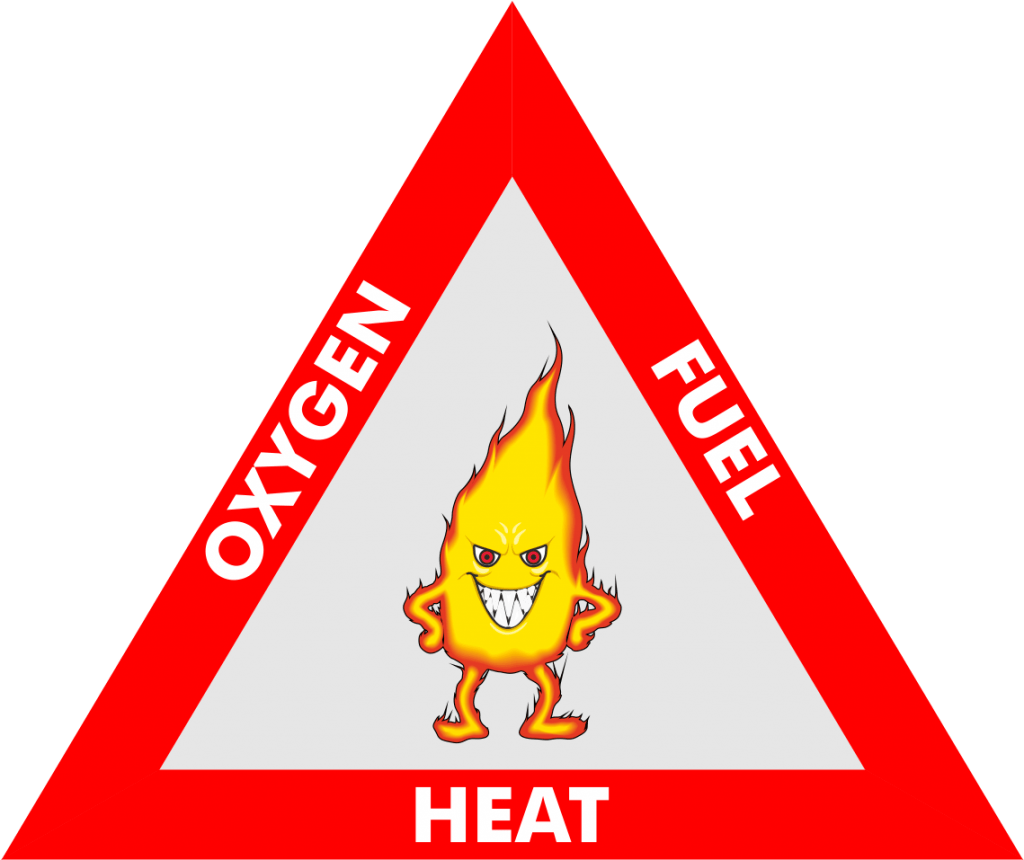
Takeaway
Any Element from the
fire and it
will Stop Spreading
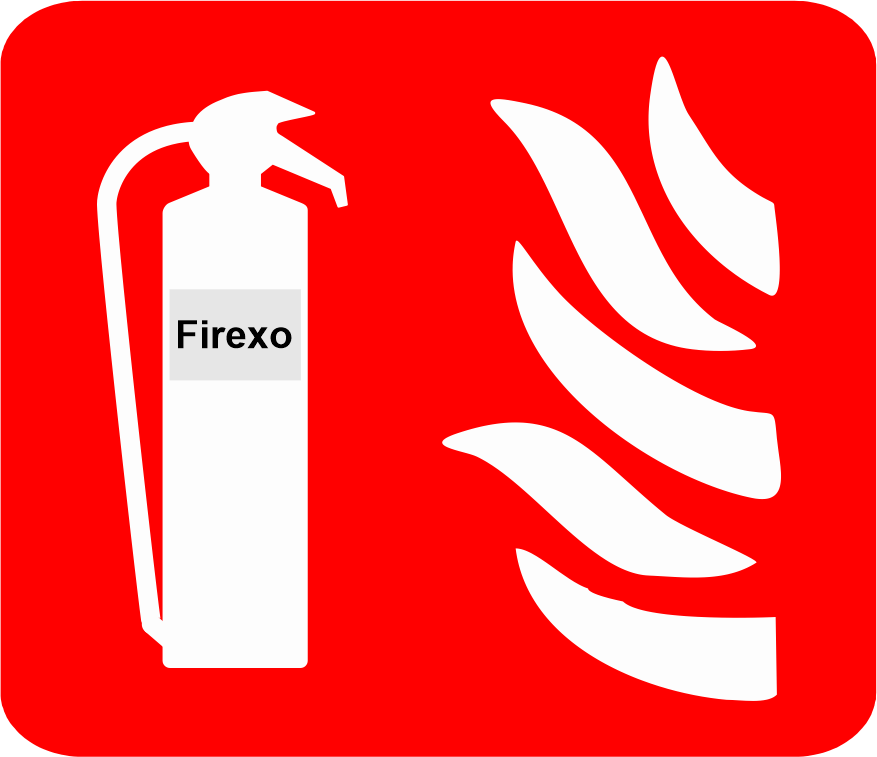
Firexo Extinguisher
How to use a Firexo Extinguishers:
Turn off the source of heat if safe to do so.
Hold the lance at arm’s length, well above the fire with its nozzle at least 1 to 3 metre away from the fire.
Holding the lance still, discharge so that the Firexo falls gently onto the surface of the fire.
Even if the fire appears to go out quickly, discharge the entire contents of the extinguisher.
This extinguisher should be serviced at least once a year by an approved Firexo service engineer only in accordance with BS5306.
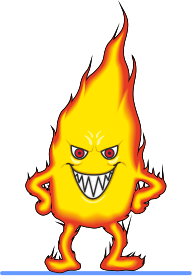



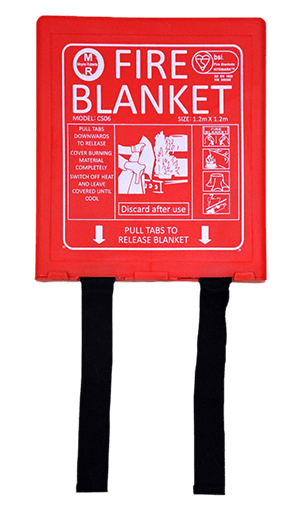
Fire Blanket
Fire blankets are primarily for use on Hot oil Fires such as frying pans or small Deep Fat Fryers.
They can also be used on someone whose Clothing has caught fire.
They work by smothering the fire, stopping access to the Oxygen Fuelling it and extinguishing it.
Due to its simplicity, a Fire Blanket may be more helpful for someone who is inexperienced with fire extinguishers.
These blankets are usually mounted in vert

Takeaway
Any Element from the
fire and it
will Stop Spreading
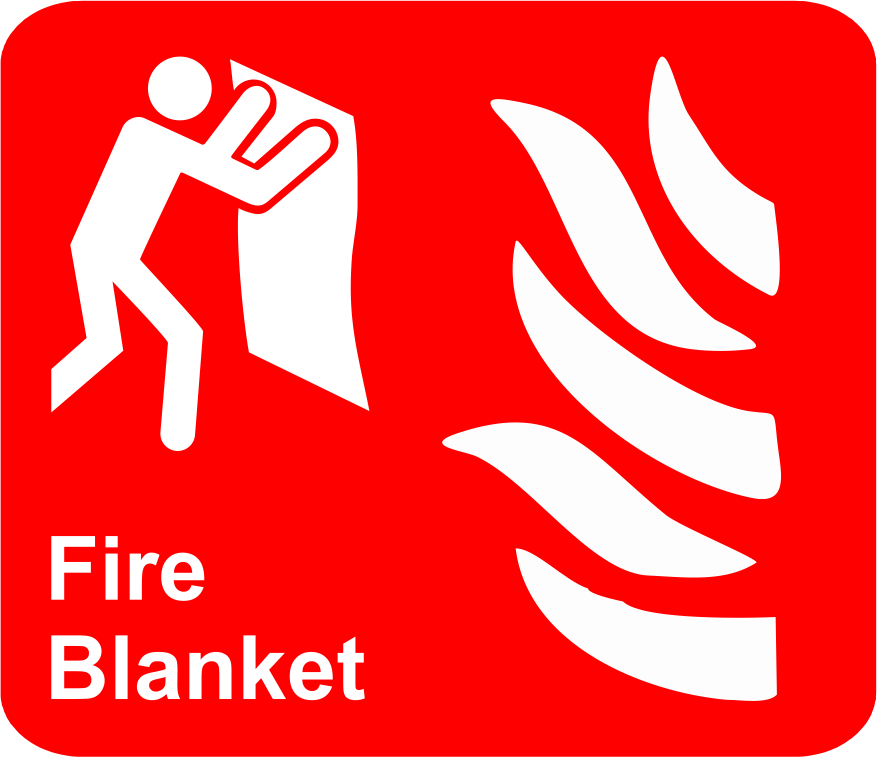
Fire Blanket
If you’re not sure how to use a Fire Blanket, be sure to read the instructions on the container when you buy one so you know how to do it properly should the need ever arise.
The basic idea is:
1 Turn off the Heat if it’s safe to do so.
2 Don’t move the pan.
3 Go to the fire blanket.
Pull on the tapes to release the blanket from its container.
4 Wrap the blanket around your hands before you go near the fire so you don’t burn yourself in the process.
5 Put the blanket over the container to smother the flames.
6 Leave the pan to cool completely.
7 Now leave the fire alone, get out, and if necessary call the fire brigade. Do not go back to the fire and do not uncover it again until it is completely cool.
If you have any doubt about whether you can tackle a Fire Safely without risk to yourself or others, just leave it alone, alert any other people nearby, get yourselves well away, and call the fire service immediately.

Take away the Oxygen
and the
Fire will Stop
The learner will:
The learner will:
9.1 State Elements Essential to Creating A Fire
9.3 State Actions to Be Taken on Discovering a Fire
9.4 State Types of Fire Extinguishers and their Uses.
Oxygen, Fuel, Heat.
Types of Fire Extinguishers:
Water, Foam, C02, Dry Powder.